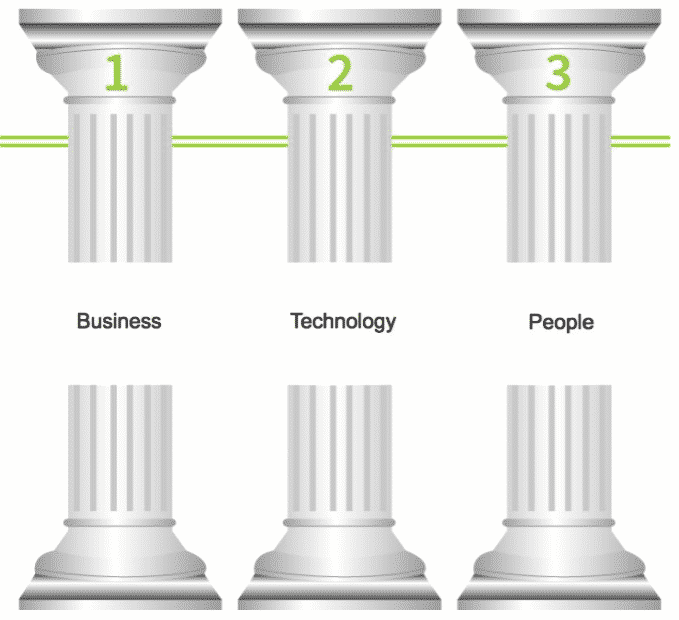How To Meet The Demands Of The Modern Learner

- Demographic upheaval
- Technology everywhere, digital everything
- Speed in the exponential economy
- A new social contract between employer and employee
Of the 7,096 global respondents to the survey, 61% felt that there were challenges to moving their organisations towards external, self directed learning.
So why are these statistics interesting?
At Webanywhere, we have seen a drive towards social learning and gamification so far in 2016. We’ve asked our clients why, what we have found is that they are under pressures from what they call the modern learner, these are the new breed of employees with a different expectation of learning and development.
As a result, learning and development teams are looking to rebrand themselves to support the modern learner, despite the term millennial coming into play here, it’s not entirely true..
Modern learners aren’t just young people! Given the driver in access to learner via mobile tablets for example, and, how Lynda.com are now offering free courses on the plane journey, learning is becoming a commodity in our world, which is a good thing.
So, what’s the challenge?
The challenge currently set out is how learning and development teams rebrand with these demands from the modern learner, how they create the business processes to fulfill their new need, and how they change their role in the organisation.
These involve 3 main pillars to success listed below:

The above 3 areas are what learning and development teams need to think about to ensure they meet demands of the modern learner. They need to think about the business needs, driven often by performance, how can they support this? They need to think about the technology stack behind this, what technology tools do they need, how will they integrate, how will they scale, are they cost effective? Finally, they need to think about the people, how can learning and development become change agents in the business, increasing exposure within the wider business.
How can this be done?
Learning and development teams first of all need to understand where they are now, and where they need to be with new, growing demands, essentially agreeing the strategy.
Without thinking too hard about the longer term goals, instead learning teams should focus on one of the 3 pillars above, to avoid trying to eat the elephant.
To make this easy, we’ve put together a few questions related to these pillars (along with answers), you might want to think about…
How do we rebrand?
Think about a new name for your L&D business unit, some companies think of cool names like ‘Learning Stars, mostly L&D teams are academies within the business. Come up with brand guidelines and a story, then market this to the wider business to increase your exposure.
How do we inform the business of our plans?
Collaborate with other departments, create a focus group planning session where you will provide this communication over a set period.
Where do we start with our modern learner strategy?
Start by assessing your modern learner, look at what devices they are using to access learning every day, ask them what they do/ don’t like, think about their personas in real detail.
What tools should we consider for gamification?
Games are fun, most modern learner like this, they often are gamers anyway, for example using a iWatch to motivate themselves to do exercise. Why not spice up your learning? You can watch tips and tricks here, part one and two.
How can we better link learning to performance?
Use your data, you might want to consider switching to new learning analytics tools such as xAPI, which gives you more granular reporting about learner experiences.
How can we become change agents?
Create a team and a change management plan, start with the different stakeholder groups, create buy in.
When do we know the project has been a success?
You will know the project is a success when your people are happy, you will no longer have complaints about your learning programmes and the stakeholders involved will be giving you praise!
What should we be careful not to do?
Be careful not to overcomplicate, you could achieve a lot, don’t! Instead, keep it simple and straightforward, remember making your strategy complicated may mean you understand it, but other departments of the organisation probably won’t.
How can we create a cost-effective social learning environment?
Think about tools you can create to do this, remember, this is less of a traditional elearning experience, and something more like Facebook. Think about tools you might like to use like Promatum for which allows content tagging or Totara Social for your enterprise social learning.
Here’s a useful Best Practice guide to Rapid Learning

